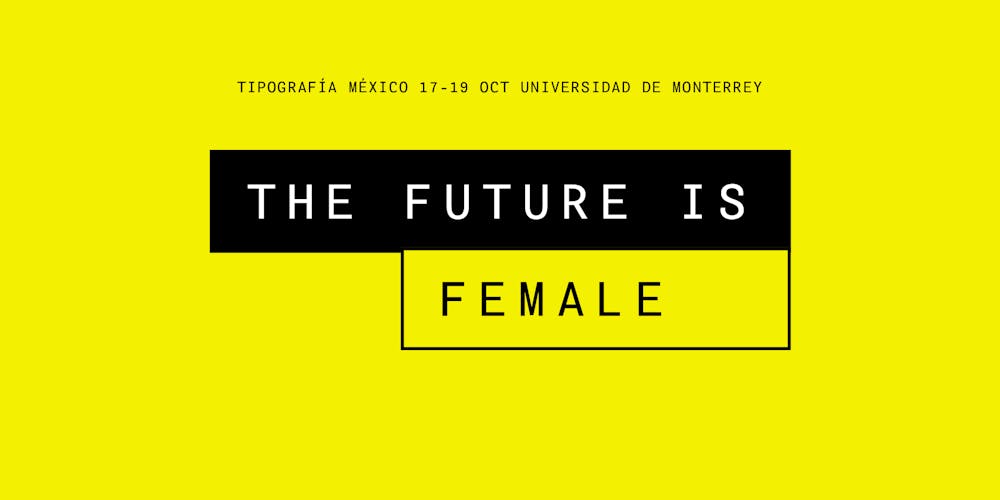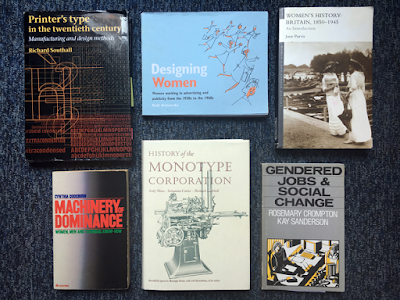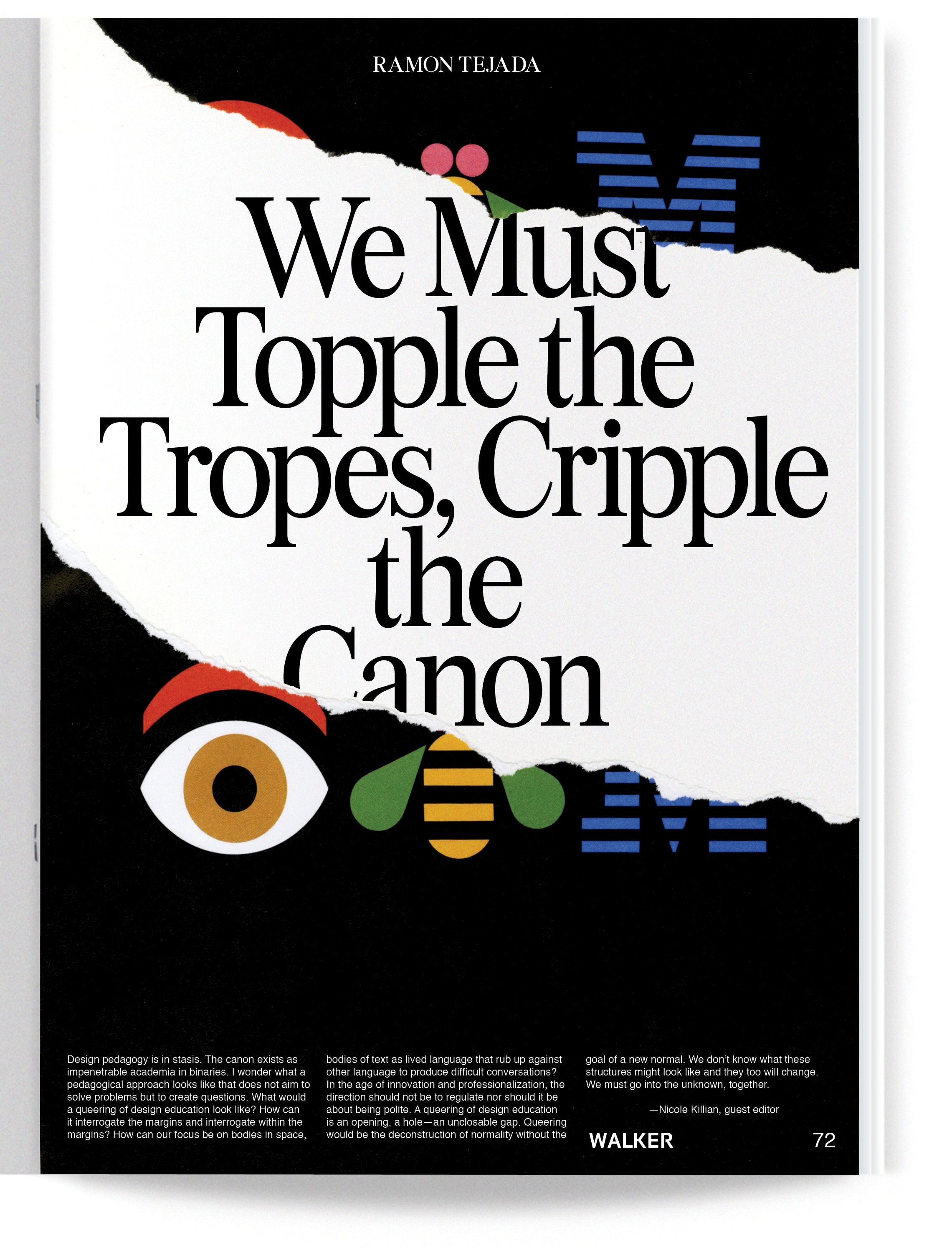TMX is the first international conference in México dedicated to typography, design and new technologies, and the first big typography conference wholly dedicated to female designers!

TMX Tipografía México: es la primer Conferencia Internacional en México dedicada a la Tipografía, Lettering, Diseño, y Tecnología.
En esta edición “The Future is Female” descibrirán el potencial del movimiento tipográfico liderado por mujeres mexicanas con proyección Internacional.
Nuevos talentos Mexicanos haciendo Tipografía. Líderes internacionales compartiendo y educando a nuestra comunidad.
SINDY ETHEL (MX)
ROMINA HERNÁNDEZ (MX)
VICTORIA RUSHTON (US)
HANNELORE OCAMPO (MX)
MÓNICA MUNGUÍA (MX)
SANDRA GARCÍA (COL)
DAFNE MARTÍNEZ (MX)
CALL FOR PRESENTATIONS:
LLAMADO A PRESENTACIONES: El comité de TMX Tipografía México los invita a proponer presentaciones de su trabajo en las áreas de Diseño, Lettering, Tipografía, Editorial, Web y Apps.
Manden su propuesta a hola@tipografiamexico.com para que el comité la evalue y puedan compartir su experiencia nuestros invitados. Los requisitos son:
—Nombre y perfil profesional completo
—Sitio Web / Portafolio
—Título de Presentación y Valor de Diseño propuesto
—PDF con selección de 4 proyectos relevantes en las áreas mencionadas
—Fecha límite es 30 de Septiembre de 2018
http://tipografiamexico.com/





